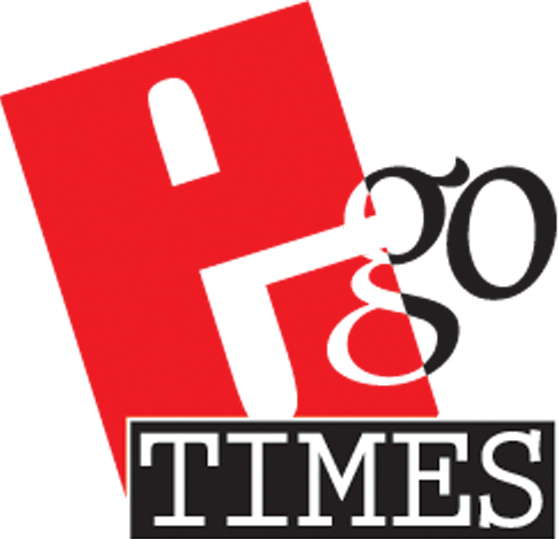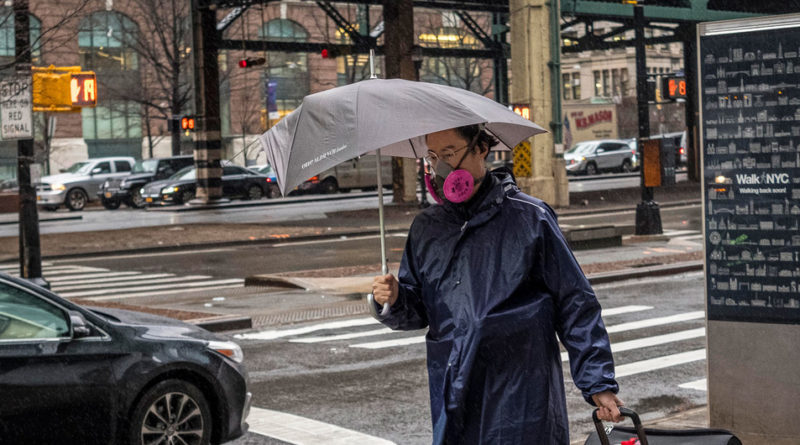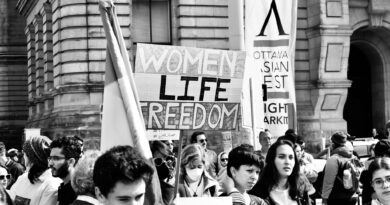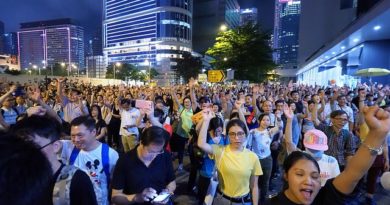Urban Spaces And Coronavirus: Spatial, Temporal, Social, Symbolic, And Mental Boundaries
The formation, crossing, and transformation of boundaries in urban spaces are examined in contemporary times by philosophers, sociologists, and experts in culturology to map the identities that determine the current urban “context”.
In this dramatic moment of global isolation, more than ever, this branch of studies is interesting and relevant. With the containment measures of Covid-19, we are all going through the same experience: the limitation of urban spaces drastically affects our social interactions.
Neighborhoods represent a kind of spatial syntax, with a different degree of social permeability, depending on their position in the city, the period in which they were built, and the policies of integration or segregation already in place before the pandemic.
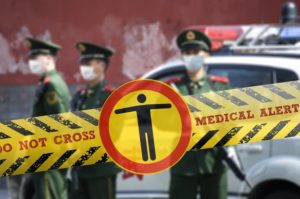
The results of the correlation between social activities and the integration or segregation policies, implemented by institutions and local governments, show that spatial configuration affects people’s use of urban spaces, insofar as connectivity and clustering coefficients are important indicators of social activities and the use of integrated spaces, understood as a result of the individual’s interaction with the community and the outside world.
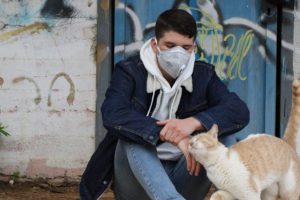
Forced confinement at home has drastically changed the behaviour and habits of individuals. Space understood as an objective and non-subjective element presupposes that it is intimately linked to human activity and not merely a support for it. By accepting this postulate, which highlights how there is a direct interaction between space and its occupants, we affirm that this interaction is in a sense “humanizing”. The analysis of space inevitably leads to an understanding of society and vice versa.

With the lockdown, we are facing the total absence of social action in what we can call in-between space, an intermediate space between the intimacy of one’s own home, for example, and work activities, suddenly incorporated with the rapid spread of smart working in this same intimacy. This sudden change has revolutionized social practices and urban framework.

This pandemic, which is putting the world to the test, highlights the strengths and weaknesses of a given urban structure, because the “physical” form of a city, made up of full spaces and open spaces alternating in the urban landscape, can now, at a time of global health emergency, decisively influence inclusion or exclusion.
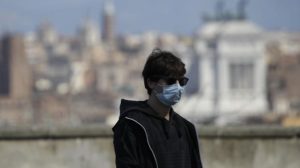
How much will this long period of isolation affect our social relations? How harmful will the temporary limitation of interaction in outdoor in-between spaces be? Outdoor spaces are the place where social relationships flourish, they are the scene of social practices, they represent the link between urban space and the home.

For the first time since WWII, this severe emergency has led to a limitation of freedom of movement, which we hope will not be perceived, at the end of the quarantine, as a Lebensraum to be forcefully reconquered, but as shared freedom resulting from a long process of integration and a common vision of the future and progress.
______________________________________________________________________________________________________________
Cover Image: UN News
For an in-depth analysis: Boundaries of Identity and Spatial Boundaries of the City
The full Italian version of the article has been published in InStoria
